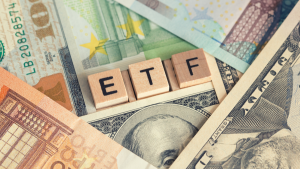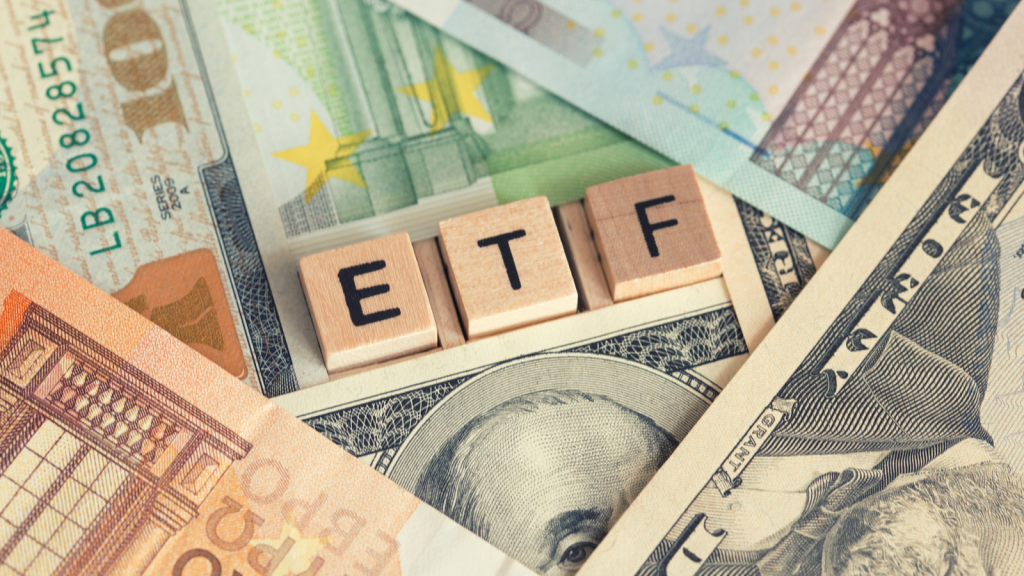I’ve long believed that the best way for long-term investors to get their start into the stock market is to buy index funds. It’s how I introduced my youngest son to investing. And one of my favorites is the SPDR S&P 500 ETF Trust (NYSEARCA:SPY).

SPY does a great job in tracking the S&P 500 index, which includes 500 of the most-known companies publicly traded on U.S. exchanges.
The S&P 500 is one of the most commonly tracked and cited indices when considering the relative strength of the U.S. stock market. So, if you’re investing in SPY stock, you’re pretty much following market in general.
SPY is notable also because it was the first index exchange-traded fund – that is, an ETF that fully tracks and replicates one of the market’s indices. And it does so at a price target of 10% of the S&P 500.
On top of that, SPY has an average annual return of more than 10% since it formed. And it has an exceptionally low expense ratio of 0.095%, or $9.50 for annually on a $10,000 investment.
Holdings of the SPDR S&P 500 ETF Trust
One important thing to know about the SPDR S&P 500 ETF Trust is it’s not an equal-weight fund. Equal-weight funds have roughly the same portfolio weight for each stock represented in the fund.
For instance, the Investco S&P 500 Equal Weight ETF (NYSEARCA:RSP) tracks 505 names. Each stock represents roughly 0.2% of the fund. Currently, Activision Blizzard (NASDAQ:ATVI) is the largest holding in RSP at 0.28%.
You won’t find that kind of consistency in SPY stock. The SPDR S&P 500 ETF Trust is more heavily weighted to tech stocks, which represents 25% of the fund.
Financial services make up just under 14% of SPY, followed by healthcare (13.3%) and consumer cyclical stocks (11.9%).
Not surprisingly, then, the biggest and best-known tech stocks in the world have an oversized weighting in SPY. The top holding is Apple (NASDAQ:AAPL), which makes up just more than 7% of SPY. That’s followed closely by Microsoft (NASDAQ:MSFT), with a portfolio weight of 6%. That’s 13% of the entire SPY ETF just in two stocks!
Other major holdings for the SPDR S&P 500 ETF are e-commerce giant Amazon (NASDAQ:AMZN), search engine and cloud powerhouse Alphabet (NASDAQ:GOOG, NASDAQ:GOOGL), electric vehicle-maker Tesla (NASDAQ:TSLA) and the semiconductor chip company Nvidia (NASDAQ:NVDA).
Why SPY Stock Is a Good Investment
It doesn’t break my heart that you’d want to take more than just my word for it. But maybe you’ll believe instead the words of the Oracle of Omaha himself, Warren Buffett.
Buffett, the head of conglomerate Berkshire Hathaway (NYSE:BRK.A, NYSE:BRK.B) has long been a proponent of index funds. So, he used the 2021 Berkshire Hathaway annual meeting to once again advocate the merits of investing in products like SPY.
To make his point, Buffett showed a slide showing that there were more than 2,000 companies that entered the auto industry in the early 1900s. And by 2009, there were only three left.
“It’s a great argument for index funds,” Buffett said. “If you just had a diversified group of equities, U.S. equities, that would be my preference, but to hold over a 30-year period.”
Buffett says rather than picking individual stocks, investors should instead choose a low-cost index fund. “I recommend the S&P 500 index fund and have for a long, long time to people.”
In order to provide for his family, Buffett has famously ordered the trustee in charge of his estate to invest 90% of his money into the S&P 500 after he dies, and 10% in treasury bills.
The Bottom Line on SPY Stock
The last thing to keep in mind about the SPY ETF is current events. The tech sector is getting hammered in recent weeks as investors. Investors are bailing out of growth stocks and seeking safe haven from rising interest rates and anticipated Fed action this year.
So if you’re going to invest in the SPDR S&P 500 ETF Trust right now, know that your short-term returns aren’t going to be great. But that’s fine.
SPY is for investors who can afford to be patient and build a portfolio for a long-term time horizon. You really can’t go wrong with that kind of thinking.
On the date of publication, Patrick Sanders was long TSLA. He did not have (either directly or indirectly) any other positions in the securities mentioned in this article. The opinions expressed in this article are those of the writer, subject to the InvestorPlace.com Publishing Guidelines.
Patrick Sanders is a freelance writer and editor in Maryland, and from 2015 to 2019 was head of the investment advice section at U.S. News & World Report. Follow him on Twitter at @1patricksanders.
